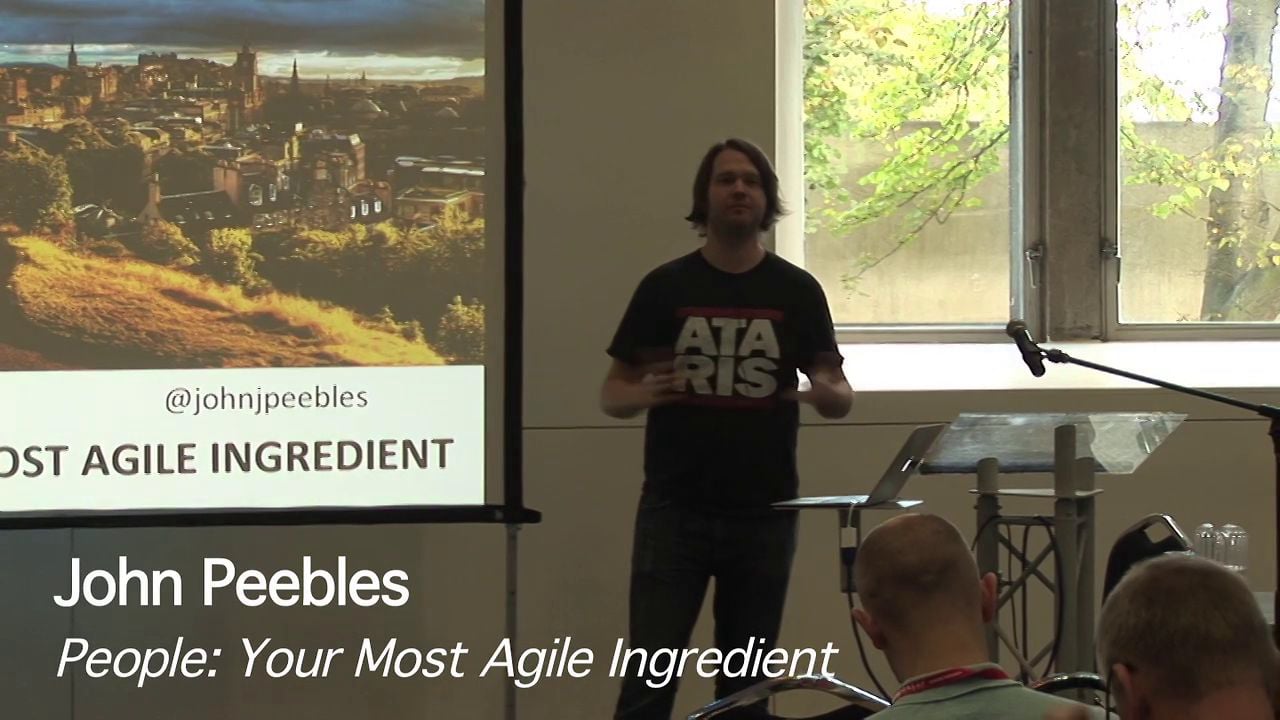Articles and videos on creating and managing cross-functional Scrum teams: scrum master, product owner and development team.
It’s fairly hard to know what solid testing is all about within Agile and Scrum teams. What traditional practices are fine to continue, which ones need modification and what totally new approaches are necessary. Moving from traditional to agile testing is often a high-wire balancing act to some degree with no clear direction.
Collaboration Games from the Growing Agile Toolbox is a free e-book written by Karen Greaves and Samantha Laing that proposes ten games to build collaboration in Agile teams.
Absent ScrumMaster, poorly defined requirements, inexperienced team, absent product owner, impossible goals. Sometimes things can go wrong even in projects that use an Agile approach like Scrum. The main issues are absent product owner or ScrumMaster, an inexperienced team, poorly defined requirements or impossible goals. In this article, Avelino Ferreira Gomes Filho shares some of his experience as a replacing ScrumMaster in troublesome Scrum projects.
Agile and Scrum project teams can adopt many different structures. In her blog post, Elizabeth Harrin gives a good summary of five structures that could be used by Agile teams based on a presentation made by Catherine Powell at the Oredev conference.
Collaborative risk management brings many benefits to Scrum teams, notably by generating wiser decisions and creating a collective ownership of issues. In his blog, Mike Griffiths describes some collaborative games that can be use project risk management.
Martin Alaimo thinks that personal issues are rarely discussed in Scrum retrospectives. In this article, he discusses how he includes in retrospectives a special section to address personal issues. He explains how he uses retrospectives to build Scrum between the Scrum team members.
In Agile and Scrum, we spend a lot of time talking about how to better manage software development teams using processes, methods, prescriptions and other rules of thumb. We spend very little time talking about the largest and most important ingredient of any agile team: the team and people themselves






